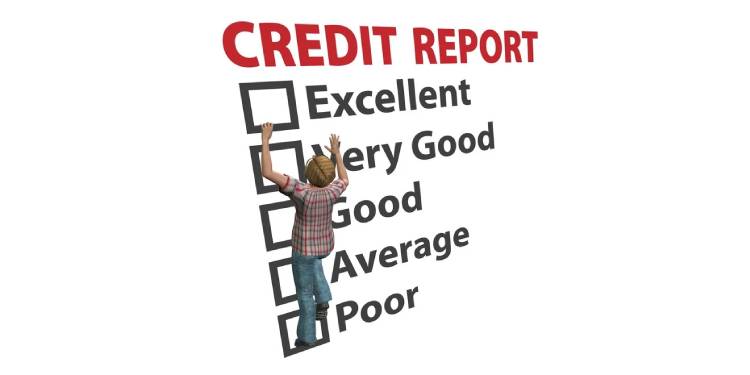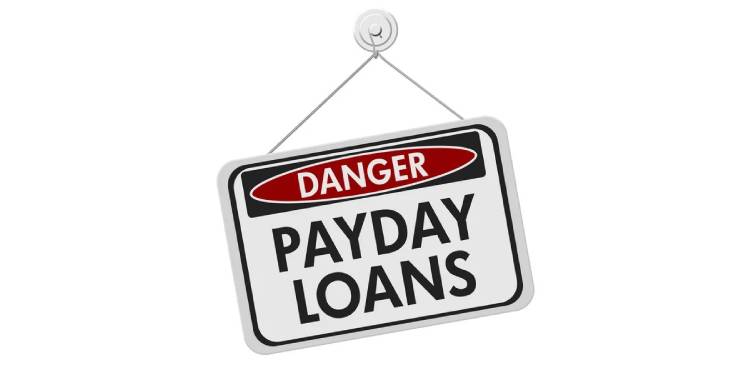Consumer Proposal vs. Bankruptcy in Canada: Making the Right Choice
When faced with overwhelming debt, Canadians often find themselves considering two primary options: filing for a consumer proposal or declaring bankruptcy. Both options are designed to help individuals regain financial stability, but they come with different consequences and benefits. Understanding the differences between these two paths is crucial in making the right choice for your financial situation.......
What is a Consumer Proposal?
A consumer proposal is a formal, legally binding agreement between you and your creditors, facilitated by a Licensed Insolvency Trustee (LIT). It allows you to settle your debt for less than the full amount you owe by making affordable payments over a period of up to five years. In essence, it's a negotiated settlement that provides relief while avoiding some of the harsher consequences associated with bankruptcy.
Key Features of a Consumer Proposal:
- 1. Debt Reduction: You negotiate to pay back a portion of what you owe, often resulting in significant debt reduction.
- 2. Asset Protection: Unlike bankruptcy, a consumer proposal allows you to keep your assets, including your home and car, as long as you continue making payments.
- 3. Credit Impact: A consumer proposal stays on your credit report for three years after you've completed the payments. While it does impact your credit, it's generally less severe than bankruptcy.
- 4. Legal Protection: Once your proposal is accepted by creditors, they cannot take any legal action against you or garnish your wages.
What is Bankruptcy?
Bankruptcy is a legal process that provides immediate relief from debt by eliminating most, if not all, of your unsecured debts. In Canada, filing for bankruptcy is also done through a Licensed Insolvency Trustee. While it offers a fresh start, bankruptcy comes with more significant consequences than a consumer proposal.
Key Features of Bankruptcy:
- 1. Debt Discharge: Bankruptcy typically results in the discharge of most unsecured debts, offering a complete financial reset.
- 2. Asset Surrender: Depending on provincial exemptions, you may be required to surrender certain assets, including equity in your home or a vehicle, to repay creditors.
- 3. Credit Impact: Bankruptcy has a more severe impact on your credit, remaining on your credit report for six to seven years after discharge for a first-time bankruptcy.
- 4. Obligations: During bankruptcy, you may have to make surplus income payments if your income exceeds a certain threshold. You will also need to attend credit counselling sessions.
Key Differences and Considerations
When deciding between a consumer proposal and bankruptcy, consider the following factors:
- Asset Retention: If keeping your assets is a priority, a consumer proposal may be the better option since it allows you to retain your property.
- Monthly Payments: In a consumer proposal, you make fixed monthly payments based on what you can afford, while in bankruptcy, your payments may vary depending on your income.
- Impact on Credit: If minimizing damage to your credit score is important, a consumer proposal is generally less harmful than bankruptcy.
Making the Right Choice
Choosing between a consumer proposal and bankruptcy is a significant decision that should be made based on your specific financial circumstances. It’s essential to consult with a Licensed Insolvency Trustee who can assess your situation and guide you toward the best option.
Remember, both options are designed to provide relief and help you rebuild your financial future. Whether you opt for a consumer proposal or bankruptcy, taking action is the first step toward regaining control of your finances and moving forward with confidence.




